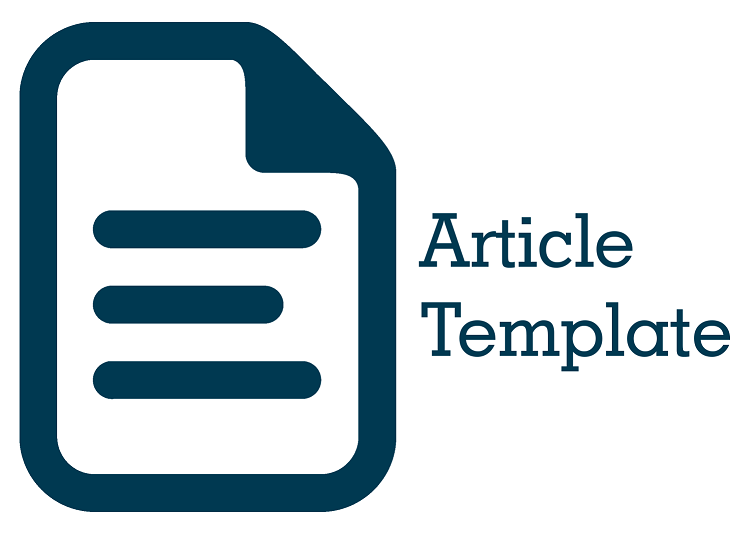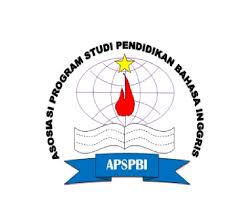
Submissions
Submission Preparation Checklist
As part of the submission process, authors are required to check off their submission's compliance with all of the following items, and submissions may be returned to authors that do not adhere to these guidelines.- The submission has not been previously published and is not under consideration for publication elsewhere. Please be reminded that ELE Reviews follow the Zero Plagiarism policy. The maximum permitted similarity index is 20%.
- The submission file is in OpenOffice, Microsoft Word, RTF, or WordPerfect document file format.
-
The text is between 4000-6000 words (excluding tables and references)
- Where available, URLs for the references have been provided.
-
Ensure that the manuscript follows author guidelines (link manuscript preparation guideline); otherwise, it will be returned.
-
All references must conform to the APA 7th style. Ensure that 80% of the cited sources come from those published in the last 5 (five) years. The primary sources should include journal articles (highly recommended), books, and research reports (theses, dissertation). Mendeley must be used.
- If submitting to a peer-reviewed section of the journal, the instructions in Ensuring a Blind Review have been followed.
Copyright Notice
Authors retain copyright and grant the journal right of first publication with the work simultaneously licensed under a Creative Commons Attribution License that allows others to share the work with an acknowledgement of the work's authorship and initial publication in this journal.
This ejournal system and its contents are licensed under
a Creative Commons Attribution-NonCommercial 4.0 International License






